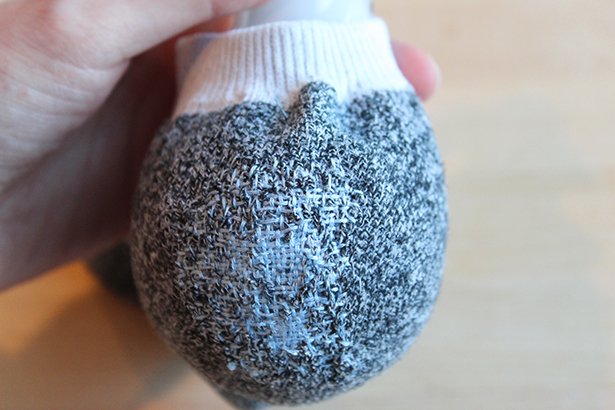Whenever I darn socks (which is not very not often), I try to do it before they get a hole, and then I follow the yarn to dublicate stitches (does that make sense?) If there's already a hole, I use a ladder darner. Both methods are slower than using strait stitches, but so much more satisfying!
Sewing, Repairing and Reducing Waste
A place to share ideas, knowledge and creations with textiles. The focus is on reducing waste, whether that be sewing from the scraps left from other projects, using the end of rolls and remnants, or repairing and remaking finished pieces.
I've not used a ladder darner. Most of the socks I have darned are quite thin dress socks, would a ladder darner work with those, or only for heavier knits?
Thin fabric is not a problem - people used to repair stockings with ladder darners. But they are best used if single threads snap, creating a ladder. If the fabric is overall weakened, it's probably not worth working with a ladder darner (a fidely business), since the original thread is unlikely to hold on it's own.
I always darn my socks several times (before they are downgraded to shoe polishing rags). And never have had a problem with the simple straight stitches.
tl;dr I haven't tried yet but really want to
I only have one type of sock because I finally found a brand that doesn't have any elastic whatsoever (Buster Brown) without costing an arm and a leg (...Cottonique)
They're very thin socks so they wear through in about a year :( I've accumulated almost 6 pairs with holes in a drawer waiting for me to be brave enough to attempt darning.
The main thing I worry about is being able to feel the darning if it's too bumpy. If there's the slightest variation in pressure anywhere on my socks, I find it impossible to ignore (hence avoiding elastic bands).
Do you think the netting stitch is worth attempting if I'm worried about unevenness? I really like the idea of repairing a stretch fabric with a stretch darn because 1. things matching make brain feel good 2. I'm assuming it'll result in less strain to the areas where the stretchy original fabric is joined to the repair, if there's less difference in elasticity
I was worried about a lump too, but I was not able to feel anything. It might vary depending on where it is though - my socks wear in one spot at the end of the big toe.
I think it is worth doing a netting stitch, and I have found it easier to do than straight once I worked it out. The wear spots happen where the sock is stretched, so I think that reducing the amount of stretch in that area would cause the darned area to wear out again more quickly.
I am hoping to get the time soon to make a short video showing the method I use, as I made it up based on a snippet in a book I can't find again and have not seen anywhere else that does the same.
Looking forward to learning this! Very neat stuff
I have put together a video showing how I do my darning, the post is here if you are interested.
Thanks so much! It's a great tutorial :D
